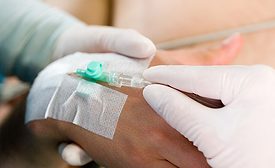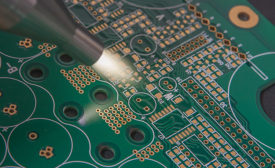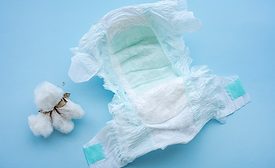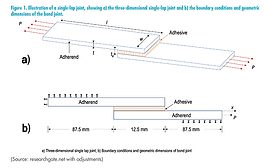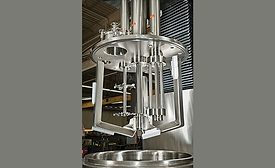Home » Keywords: » podcasts
Items Tagged with 'podcasts'
ARTICLES
Advancing Adhesives
A new adhesive for wearable medical devices enhances patient comfort while providing engineers confidence about wear duration.
Read More
Advancing Adhesives
Structural Adhesive Pushes Performance Boundaries for Composite Armor Systems
A new high-strength and highly ductile adhesive offers performance benefits in the harshest operating environments.
April 5, 2021
Pretreatment Solutions for Improving Adhesion in Electronics Applications
Blown ion plasma and flame plasma are effective and repeatable treatment methods that take the guesswork out of electronics manufacturing bonding processes.
March 8, 2021
Novel Abrasive Addresses Coatings Surface Preparation Challenges
A new category of abrasives is providing options to mitigate powder coating challenges relating to surface prep material performance, environmental profile, and production economics.
February 1, 2021
Bonding Natural Baby Product Materials with Hot-Melt Adhesives
Accuracy and high performance are critical when bonding natural materials to form disposable absorbent hygiene products such as diapers.
January 8, 2021
Strategic Solutions
What Tests Should I Run on My Structural Adhesive Systems?
Each adhesive testing protocol should add tangible value to your structural design.
October 14, 2020
Using Foam Sealants for Pest Prevention
Pest & Rodent Awareness Week is coming up. How can expanding polyurethane foams help seal building envelopes against unwanted visitors?
September 24, 2020
Mixing Sustainability and Innovation
As continued research and development races to meet the growing appetite for sustainable adhesives, manufacturers must also push innovations in processing that reduce both waste and energy consumption.
September 1, 2020
Bio-Based Materials for Adhesives and Sealants: The Sustainability Revolution is Here
Fostering the bio-economy requires new technology that pushes the boundaries of bio-based performance.
August 21, 2020
The Rise of Automotive Adhesives: A Bonding Story
While adhesives have been tools for human ingenuity since the very beginning, it's been a long road to the sophisticated automotive adhesives preferred by today's OEMs.
July 16, 2020
Keep the info flowing with our eNewsletters!
Get the latest industry updates tailored your way.
JOIN TODAY!Copyright ©2025. All Rights Reserved BNP Media.
Design, CMS, Hosting & Web Development :: ePublishing
